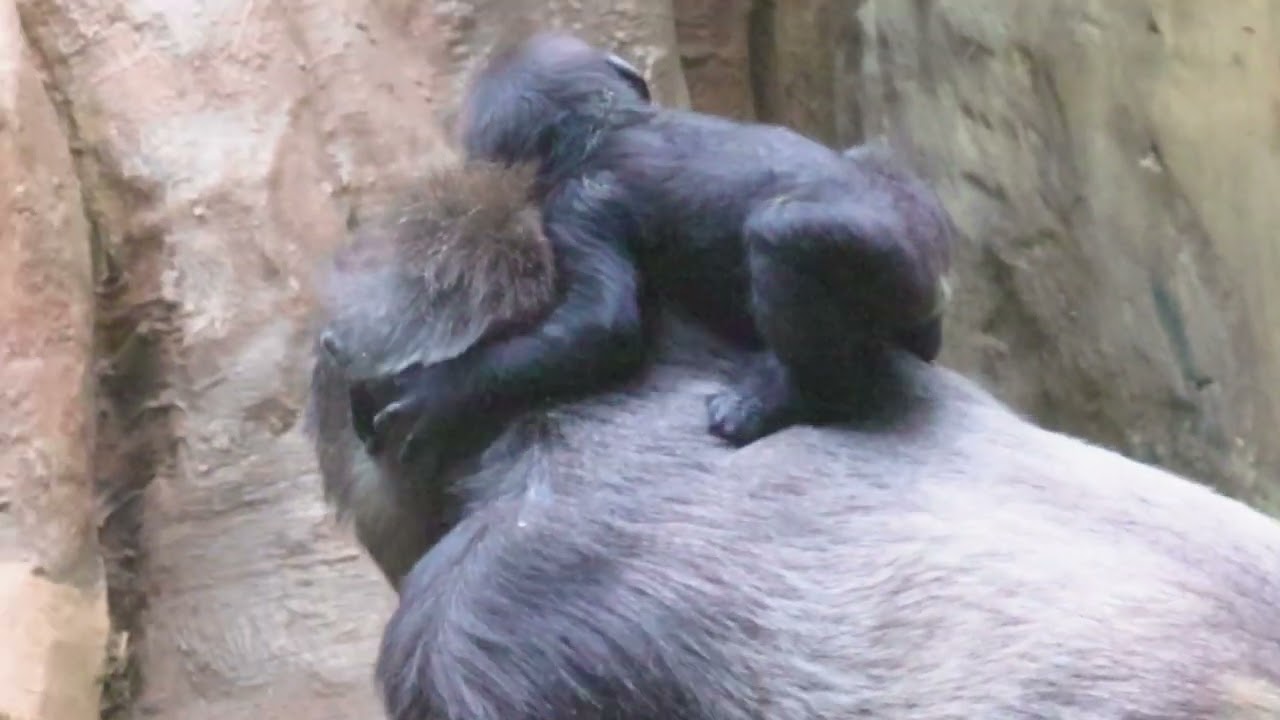– The importance of Baby Jameela’s introductions in the context of animal socialization and welfare in zoos
– The role of zoo management in facilitating successful animal introductions and monitoring behavior
– Insights into species-specific considerations for introductions, focusing on the species of Baby Jameela
– The broader implications of these introductions for wildlife conservation and educational outreach
Baby Jameela’s introduction to her new environment and companions provides a fascinating case study in zoo management and animal welfare. This process involves careful planning and observation, underscoring zoos’ commitment to the physical and psychological well-being of their inhabitants. By examining Baby Jameela’s experience, readers can gain insights into the nuanced approaches required to ensure successful animal introductions, embodying best practices in zoo management and contributing to broader conservation efforts.
Zoo management plays a crucial role in orchestrating introductions between animals, especially when it involves young and potentially vulnerable species like Baby Jameela. These introductions are critical in fostering natural social behaviors essential for animal development and overall health. Professionals within zoos employ strategies to ensure these introductions are gradual and monitored closely. This includes pre-introduction assessments, controlled environments for initial interactions, and constant vigilance to detect signs of stress or aggression. These practices are vital for integrating animals like Baby Jameela into new social groups, emphasizing zoo management’s pivotal role in animal welfare.
Species-specific considerations are paramount during the introduction process. The species of Baby Jameela, likely to be highly social or possessing distinct social hierarchies, necessitates a tailored approach to introductions. Understanding the species’ natural behaviors, social structures, and environmental needs is crucial for replicating a setting conducive to positive interactions. This involves creating environments that mimic natural habitats as closely as possible, providing enrichment activities that foster natural behaviors, and considering the social dynamics of existing groups. Such precision enhances the likelihood of successful introductions, benefiting Baby Jameela and the group.
Beyond the immediate benefits to the animals involved, Baby Jameela’s introductions have broader implications for wildlife conservation and educational outreach. Zoos serve as vital centers for conservation and education, offering visitors unique opportunities to learn about different species and their challenges in the wild. Through observing Baby Jameela’s introductions and subsequent interactions, visitors can gain a deeper appreciation for the complexity of animal behavior and the importance of conservation efforts. Additionally, successful introductions that result in cohesive and balanced social groups contribute to the genetic and behavioral diversity of species in captivity, which can be crucial for conservation programs to reintroduce animals into their natural habitats.
In essence, the introductions involving Baby Jameela highlight the multi-faceted role of zoos in animal welfare, species preservation, and public education. By focusing on the well-being of each animal and utilizing science-based management techniques, zoos can foster environments where animals like Baby Jameela thrive. These efforts not only support the health and happiness of zoo inhabitants but also contribute to the overarching goals of wildlife conservation, offering hope for the future of many species. Through continued commitment to these principles, zoos can ensure they remain integral parts of the global conservation community, working to protect the incredible diversity of life on our planet.
*****
Source Description
Progress! Gorilla introductions continue here at Cleveland Metroparks Zoo. Tune in for an update with Dr. Elena Less on the latest troop developments.


